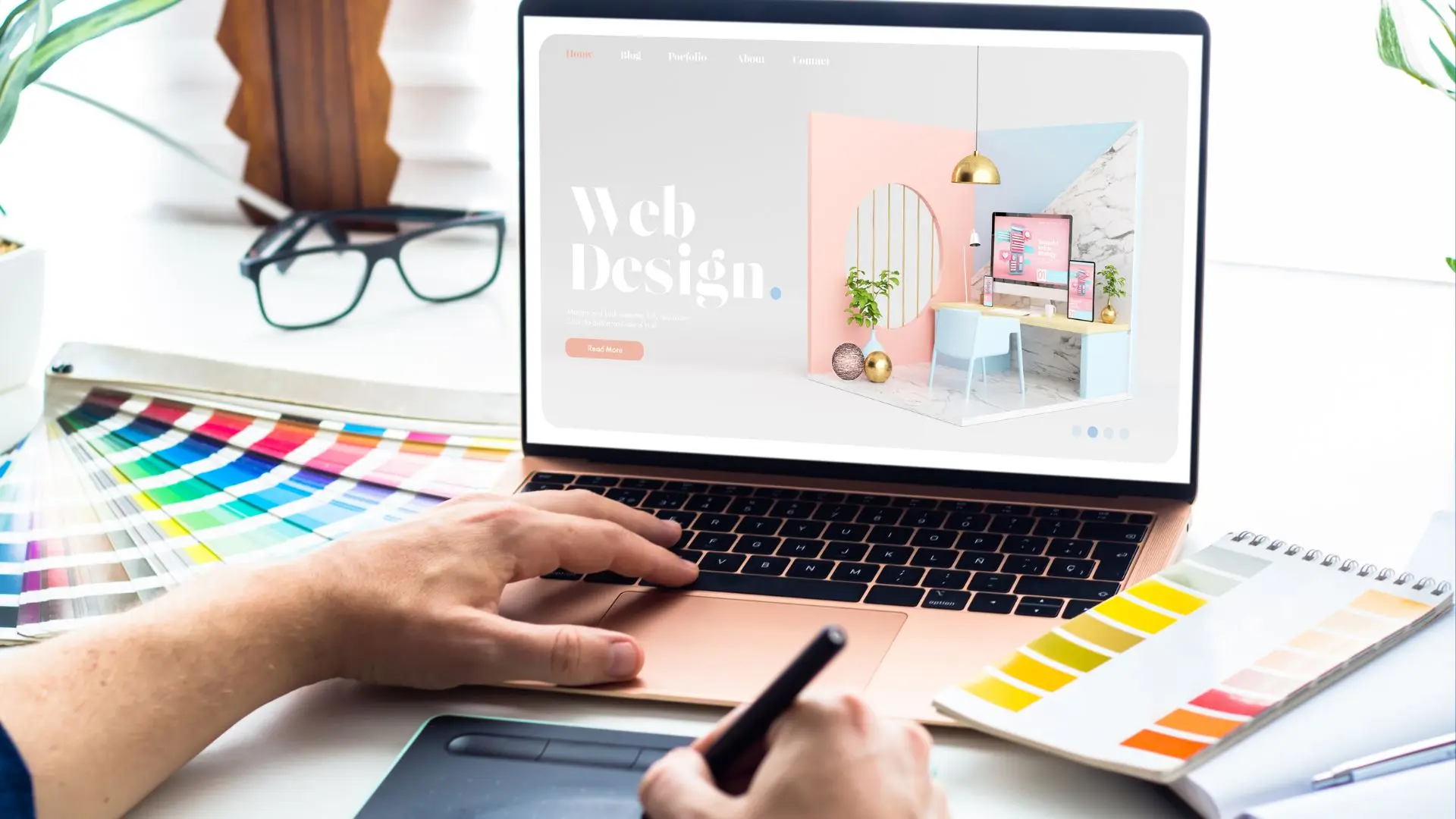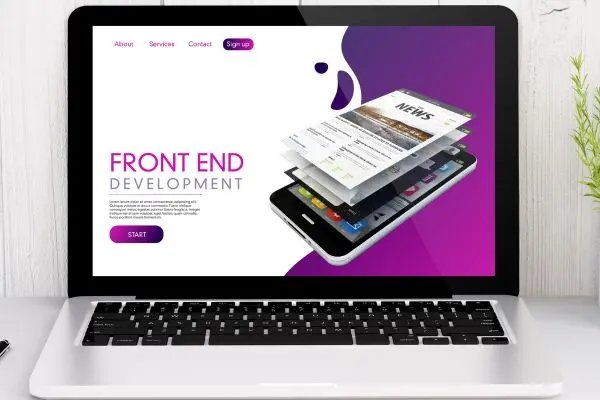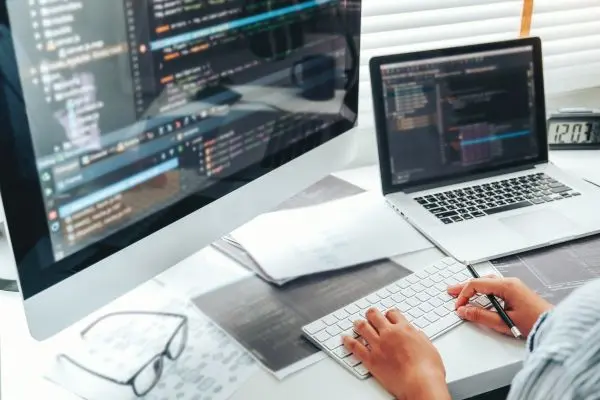Over the years, web design trends have continuously evolved to offer a more engaging and user-friendly experience. As we gear up for 2024, it’s imperative to stay ahead of the curve by implementing the latest design elements that will set your website apart. From futuristic layouts to innovative interactive features, this comprehensive guide will probe into the top web design trends that are set to dominate the digital landscape in 2024. Let’s explore what’s in store for the future of web design!
The Rise of Minimalism in Web Design Trends
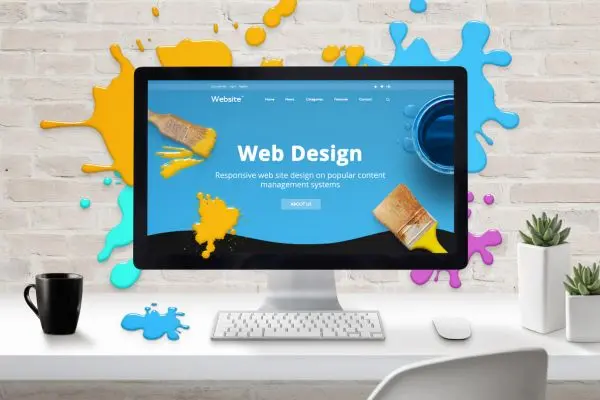
A minimalist approach to web design has been gaining popularity in recent years and is expected to continue to be a top trend in 2024. This design style focuses on simplicity, clean layouts, ample white space, and a focus on necessary elements, creating a visually appealing and user-friendly website.
Decluttering for Better User Experience
On the web, less is often more. Decluttering a website not only makes it visually appealing but also improves the overall user experience. By removing unnecessary elements, simplifying navigation, and streamlining content, users can easily find what they are looking for without feeling overwhelmed.
Simple yet Effective Design Elements
Better user engagement and retention can be achieved through the use of simple yet effective design elements. Minimalist design principles such as intuitive navigation bars, strategic use of color and typography, and high-quality imagery can enhance the user experience and make a lasting impression.
Effective use of white space can also help guide the user’s eye to the most important parts of the website, improving readability and overall user satisfaction.
Immersive Storytelling
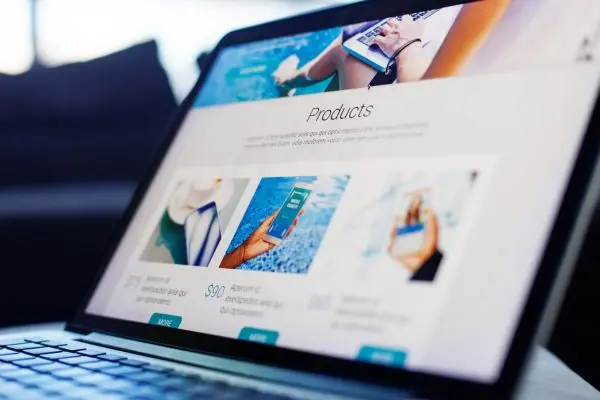
Clearly, immersive storytelling is becoming increasingly popular in web design. It allows brands to engage users in a more interactive and captivating way, creating memorable experiences that keep visitors coming back for more.
The Power of Interactive Elements
The use of interactive elements such as quizzes, games, and scrolling animations can elevate the storytelling experience on websites. These elements not only make the content more engaging but also encourage users to spend more time on the site, resulting in lower bounce rates and higher conversions.
Cinemagraphs and Animated GIFs
GIFs have been a popular trend in web design for a while now, but cinemagraphs take it to a whole new level. These subtle looping animations can add a touch of elegance and dynamism to a website, capturing the user’s attention without being too distracting.
Immersive storytelling through cinemagraphs and animated GIFs can transport users to another world, creating a unique and memorable browsing experience.
Virtual and Augmented Reality Integration
An increasing number of websites are incorporating virtual and augmented reality elements to provide users with truly immersive experiences. Virtual tours, product demos, and interactive 3D models are just a few examples of how brands are leveraging this technology to engage their audience in a whole new way.
It’s clear that virtual and augmented reality integration is reshaping the way we experience the web, offering endless possibilities for creativity and user engagement.
Asymmetrical Layouts
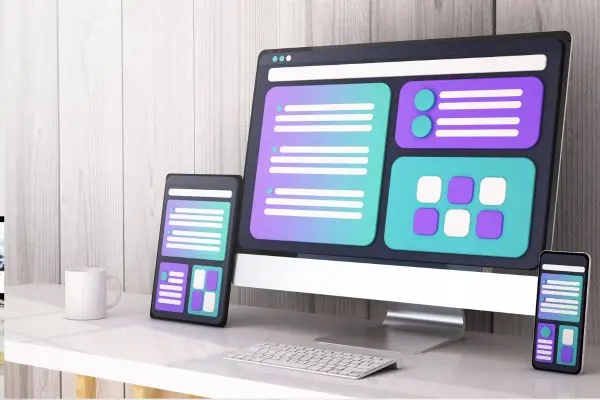
Now, in 2024, web designers are embracing asymmetrical layouts to create visually compelling and dynamic websites. Breaking away from the traditional grid-based designs, asymmetrical layouts offer a more creative and unique approach to web design. By intentionally placing elements off-center and using varying sizes and shapes, designers can draw attention to specific content and create a more engaging user experience.
Web Design Trends Include Breaking Free from Traditional Grids
Breaking free from traditional grids allows designers to experiment with unconventional placements of elements, creating a sense of movement and flow on the webpage. This departure from symmetrical layouts adds a touch of unpredictability and excitement to the design, enticing users to explore the site further.
Creating Visual Interest with Unbalanced Compositions
On the other hand, creating visual interest with unbalanced compositions adds a sense of sophistication and artistry to web design. By strategically positioning elements in a way that challenges the viewer’s expectations, designers can evoke emotion and intrigue, making the website memorable and captivating.
Another key aspect of unbalanced compositions is the use of negative space to create a harmonious balance between different elements. This technique can help guide the user’s focus and emphasize the most important content on the page.
Sustainable Web Design Trends
Eco-Friendly Design Principles
After seeing the detrimental impact of climate change, businesses are increasingly adopting eco-friendly design principles in their web development strategies. The key focus is on creating websites that are not only visually appealing but also sustainable in the long term. This involves using renewable resources, minimizing waste, and reducing energy consumption.
Reducing Carbon Footprint through Digital Means
With the advancement of technology, there are various ways to reduce a website’s carbon footprint through digital means. By optimizing code, minifying files, and utilizing efficient web hosting services, designers can significantly decrease the environmental impact of a website. Additionally, implementing lazy loading techniques and optimizing images can further enhance the site’s performance while conserving energy.
This approach not only benefits the environment but also improves user experience by ensuring faster load times and smoother navigation. It’s a win-win situation where sustainable practices align with business goals of attracting and retaining visitors.
Green Hosting and Energy-Efficient Practices
On top of optimizing design elements, choosing green hosting providers and implementing energy-efficient practices can make a substantial difference in reducing the carbon footprint of a website. Green hosting companies use eco-friendly technologies and renewable energy sources to power servers, minimizing the environmental impact of hosting services.
Practices such as server virtualization, energy-efficient hardware, and data center cooling techniques contribute to a more sustainable web hosting environment. By partnering with green hosting providers, businesses can showcase their commitment to sustainability and contribute to a greener online ecosystem.
Dynamic Typography
Expressive Fonts and Variable Typography
Keep an eye out for dynamic typography in web design trends for 2024. Expressive fonts and variable typography are becoming increasingly popular as they allow designers to create more engaging and visually appealing websites. Variable fonts, in particular, are gaining traction for their ability to adjust weight, width, and other attributes seamlessly, enhancing readability and design aesthetic.
Custom Font Design for Branding
Fonts play a crucial role in shaping a brand’s identity and fostering recognition. Custom font design offers a unique opportunity for brands to distinguish themselves in a crowded digital space. By creating bespoke typefaces that align with brand values and personality, companies can establish a memorable and cohesive visual identity across their online platforms.
For instance, companies like Airbnb and Coca-Cola have developed custom fonts that reflect their brand ethos and resonate with their target audience. These custom typefaces help reinforce brand messaging and create a consistent brand experience for users across different touchpoints.
Accessibility Considerations for Typography
For web designers, it’s imperative to prioritize accessibility considerations when implementing typography. In 2024, there will be a greater emphasis on designing inclusive and user-friendly websites that cater to diverse audiences, including those with visual impairments or disabilities. Ensuring adequate color contrast, font size, and spacing can significantly improve readability and usability for all users.
With the rise of accessibility standards and regulations, designers must integrate accessible typography practices from the initial stages of web design to provide an inclusive digital experience for every visitor. By adopting accessible typography principles, designers can enhance usability, reach a wider audience, and demonstrate a commitment to diversity and inclusivity in their design approach.
AI-Driven Design Tools
The Future of Web Design Automation
For years, web designers have relied on their creativity and technical skills to craft visually appealing and user-friendly websites. However, with the advancement of AI-driven design tools, the future of web design automation is here. These tools harness the power of artificial intelligence to streamline the design process, saving time and effort for designers.
AI-Powered Design Assistants
Tools that incorporate AI-powered design assistants are revolutionizing the way websites are created. These assistants analyze data, trends, and user behavior to offer tailored suggestions and insights to designers. By leveraging AI technology, designers can make informed decisions that enhance user experience and engagement.
AI-powered design assistants can provide valuable recommendations for layout, color schemes, typography, and more, ensuring that the final product meets both the designer’s vision and the audience’s expectations.
Human-AI Collaboration in Design
Any successful web design project requires a harmonious blend of human creativity and artificial intelligence. By collaborating with AI-driven design tools, designers can amplify their creative potential and achieve impressive results. These tools can handle repetitive tasks, analyze vast amounts of data, and generate design ideas, allowing designers to focus on more strategic and innovative aspects of the project.
Assistants that incorporate AI technology can not only streamline the design process but also elevate the overall quality of the final product. By embracing the collaboration between human designers and AI assistants, the possibilities for innovative and visually stunning web design are endless.
Summing Up Web Design Trends
On the whole, the top web design trends for 2024 are innovative and exciting, offering opportunities for businesses to enhance their online presence and engage their audience in new and creative ways. From immersive 3D designs to micro-interactions and voice user interfaces, these trends are reshaping the digital landscape and pushing the boundaries of what is possible in web design. By staying up to date with these trends and incorporating them into their websites, businesses can stay ahead of the curve and create memorable online experiences for their users.

